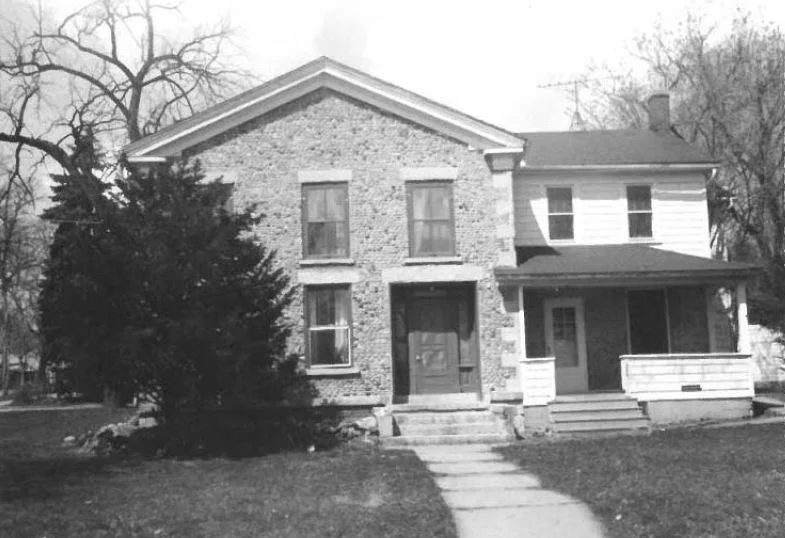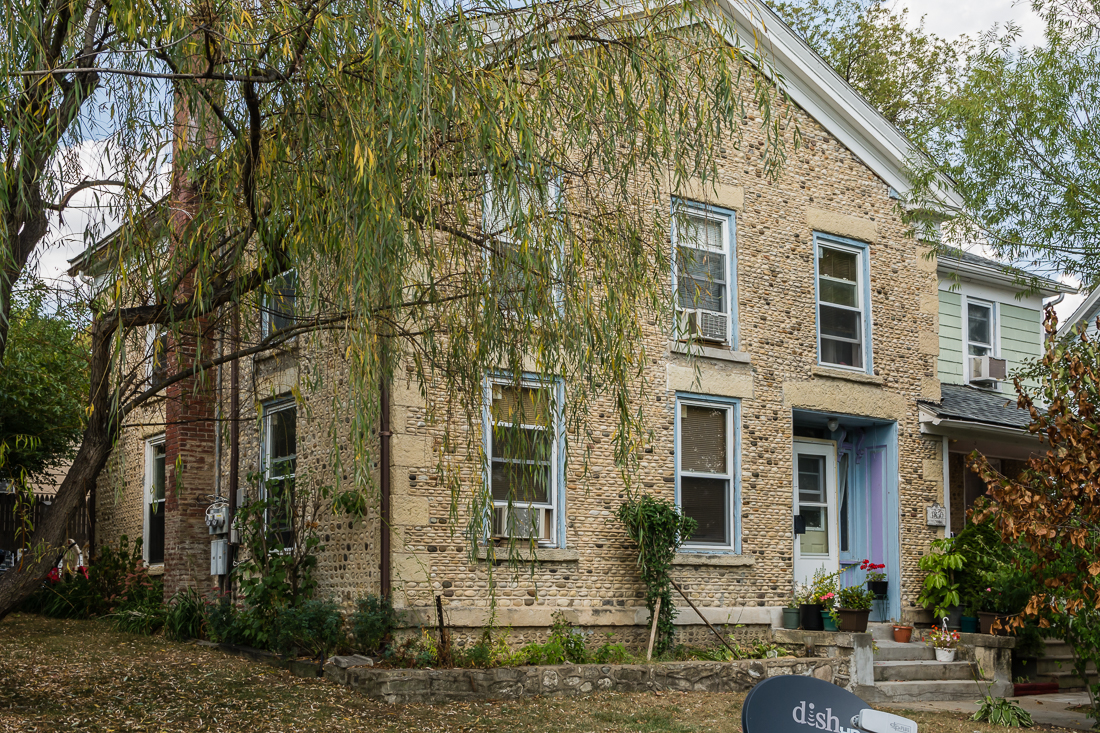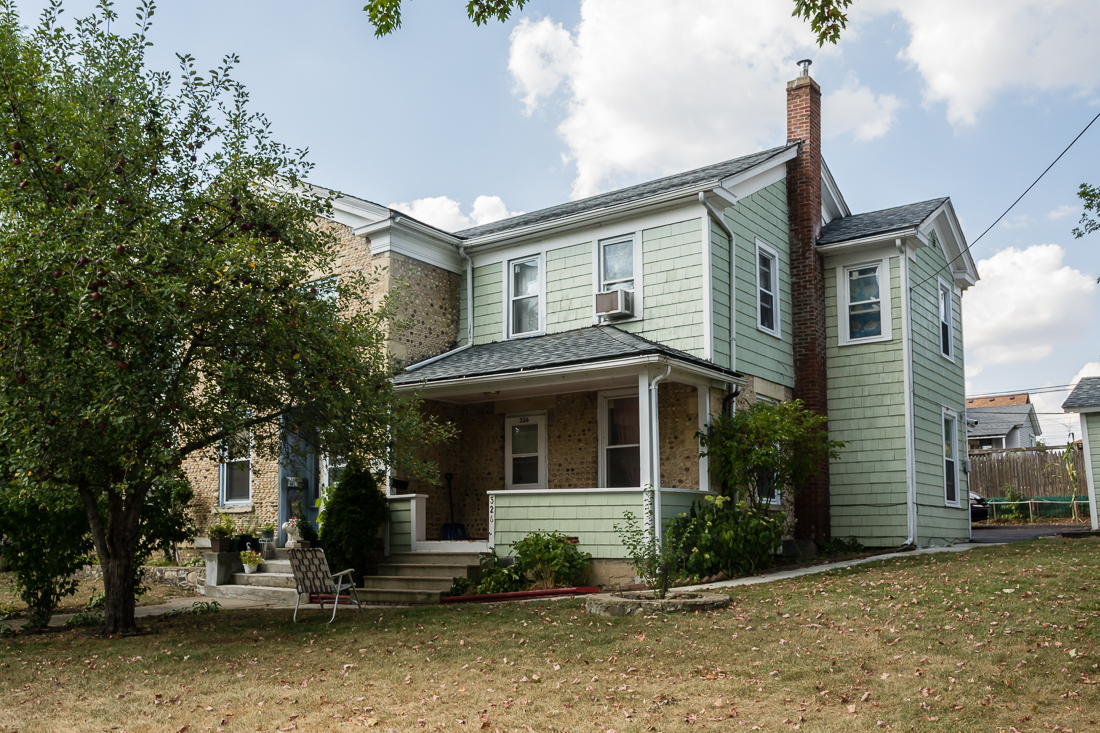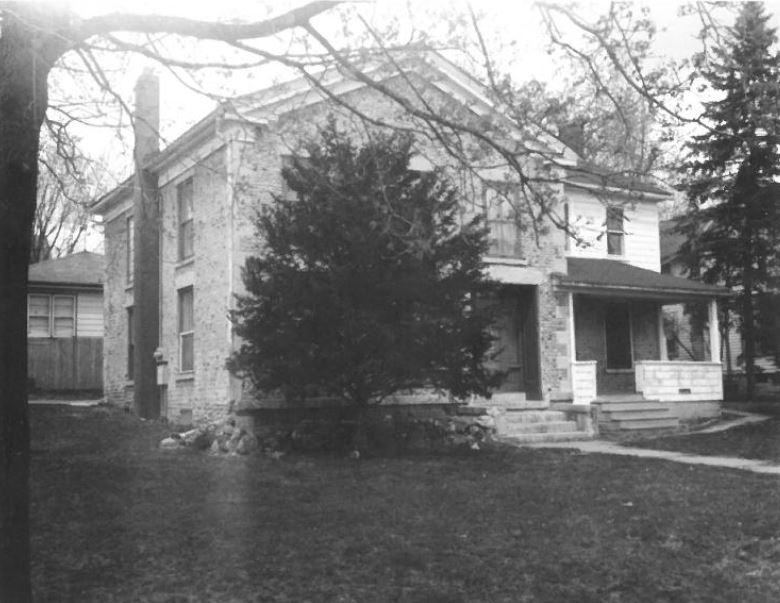328 MOUNTAIN STREET
HISTORIC SIGNIFICANCE
328 Mountain Street was named the top Elgin Landmark by the Elgin Bicentennial Commission in 1975. The home is located at the highest point on the west side of the river, hence the name of the street, "Mountain". The home was built in the 1850’s for Edson A. Kimball, a cousin of Samuel and William Kimball, who were among the first settlers of Elgin. Edson was born on July 3, 1820 in Vermont and married a Ms. Ellen M. Willard who was born in 1824 in Canada. Edson ran a hardware store at the Southeast corner of Chicago and State Street. Edson was also a member of the first city council in 1854.
Edson and Ellen had three children including Leonidas, Royal and Luella. Ellen, unfortunately, passed away at the age of 38 on August 9, 1862. Edson remarried two years later to Pauline F. who was born in 1833 in Michigan. They had one daughter, Carri. Edson passed away in 1899. At that time, Pauline moved to Texas then onto Portland, Oregon to live with relatives.
The home was converted into two apartments in 1930 by the Solyom Family to help cover the mortgage costs during the Great Depression. The home was originally lit by gas jet lamps. Running water was not introduced until 1921. The home features included a built-in pie cooler that doubled as a freezer in the winter and a spacious fruit cellar. Over the years owners and residents have heard stories about one hundred dollar bills encased in the walls, but no one has ever found anything.
ARCHITECTURAL SIGNIFICANCE
328 Mountain Street is an excellent example of the Greek Revival Style. The Greek Revival style was a popular design from 1825 through 1860. Its unique construction, cobblestone, is one of only six remaining in Elgin. Characteristics of this style that can be seen on this home include a front gabled and wing home with a low pitched roof, cornice lines that are emphasized with a wide band of trim, narrow sidelights with transom around the door as well as the eave returns. There is also evidence of quoining found at the corners of the building with large limestone blocks, which is not typically associated with the Greek Revival style but was a design preference added by the mason and/or owner. Limestone lintels are also found above the doors and windows. Cobblestone construction is more commonly found in the eastern states, however, there are some scattered throughout the Mid-West. The stones are rounded in shape caused by glacial deposits and were easily accessible in this area.
TIMELINE OF PREVIOUS OWNERS
Sources: 1986 Heritage Plaque Application; Audio: TextAloud







